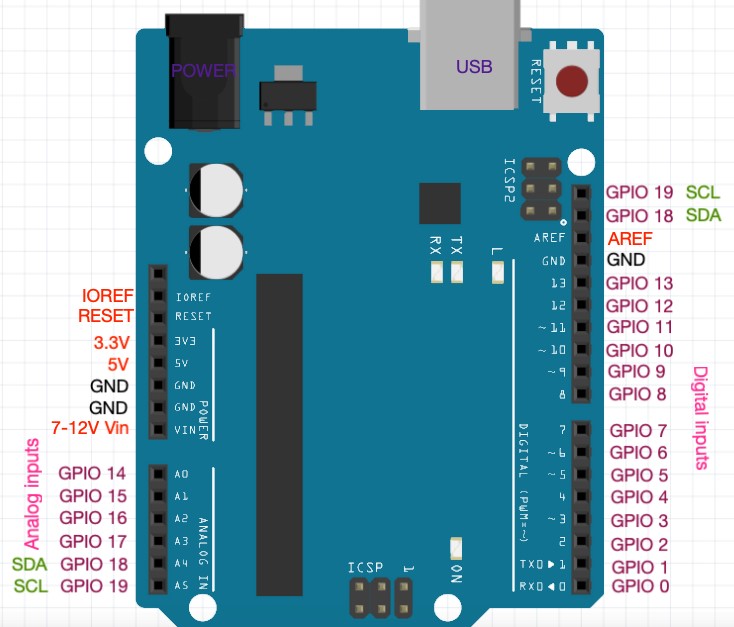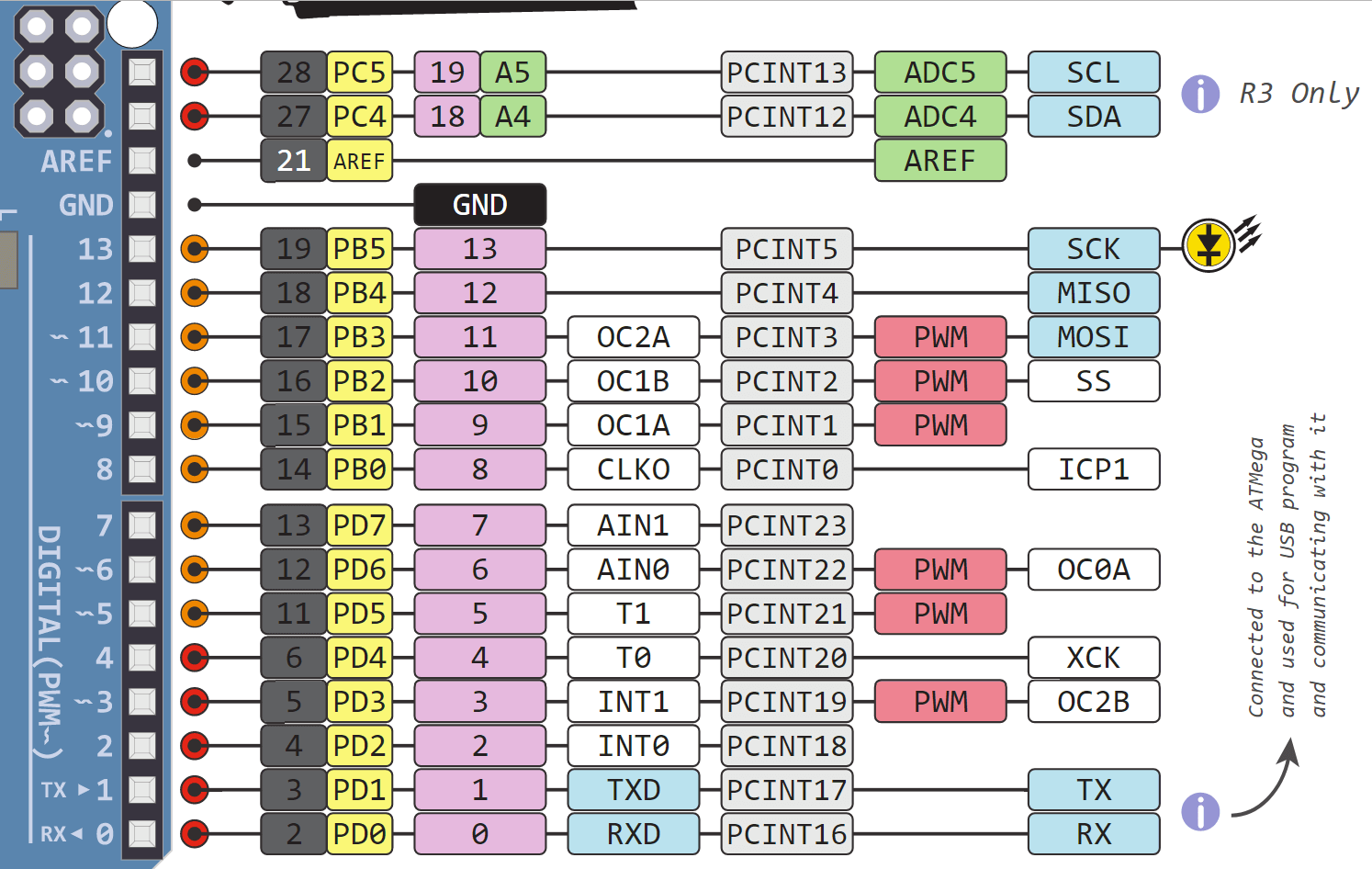

Step 5: Upload the Blink Sketch and make sure everything works correctly.Step 4: Wire the ATTiny84 / ATTiny85 to the Arduino Uno.Step 3: Configure the Arduino Uno to act as an a ATTiny programmer.Step 2: Add an ATTiny support (core) to the Arduino Uno IDE.You will need an Arduino Uno, the ATTIny84/44 IC you want to program, an LED to test the Blink sketch, a 470 Ohm, or similar current limiting resistor for the LED, a breadboard and some jumper wires. Step 1: Collect all necessary hardware components:.I use my Arduino Uno to program the ATTiny84 via the SPI.

If you are currently using Arduino IDE 1.6.4, or later, follow the instructions in blog post instead. UPDATE, June 24th, 2015: The article below was written for Arduino IDE versions, prior to 1.6.4. Here is a beautifully rendered mapping of the ATTiny84 / ATTiny44 pins courtesy of Alberto (PighiXXX): The ATTiny84 comes with extra 6 I/O pins (see datasheet), so it should be an even better replacement of an Arduino for smaller projects. I made a small line follower using the ATTiny85 a while back, and quite liked the idea of having a smaller, cheaper IC that can run simpler Arduino sketches. My order of ATTiny84 chips from Mouser arrived yesterday, so it is time to load the Arduino Blink example sketch onto it.


 0 kommentar(er)
0 kommentar(er)
